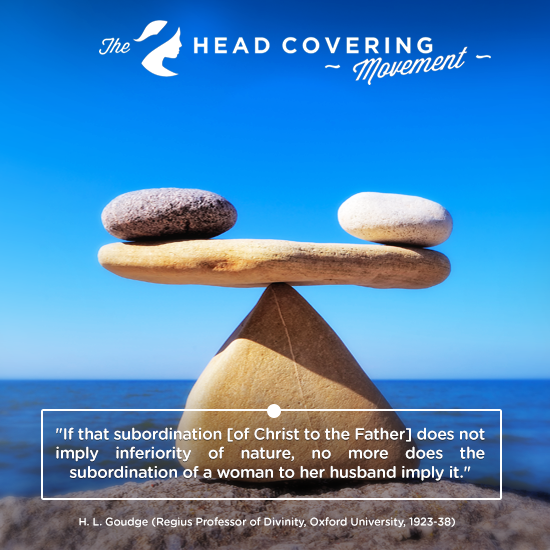Head Covering and the Holy Kiss

The holy kiss is commanded in the New Testament five times by two different authors. 1) See Rom 16:16, 1 Cor 16:20, 2 Cor. 13:12, 1 Thess. 5:26, 1 Pet 5:14 This is the greeting we’re told to give one another in Christ. Much like head covering, the holy kiss is a rare sight in the North American church since it’s culturally out of step. We are accustomed to greeting with handshakes and hugs instead. Some object that this is inconsistent treatment of two New Testament practices. How can we insist on head covering yet leave behind the kiss? After all, both are commanded in the New Testament. In this article we’d like to address this objection.
The Difference
While it is true that both practices are commanded in the New Testament, there is a significant difference between them. In his book “Knowing Scripture” R.C. Sproul teaches us when it’s appropriate to fill in the gaps with our cultural knowledge. He says:
“If Paul merely told women in Corinth to cover their heads and gave no rationale for such instruction, we would be strongly inclined to supply it via our cultural knowledge. In this case, however, Paul provides a rationale that is based on an appeal to creation, not to the custom of Corinthian harlots.” 2) Quote taken from http://www.headcoveringmovement.com/articles/head-covering-and-hermeneutics-an-excerpt-from-knowing-scripture-by-r-c-sproul
Sproul tells us that if something in Scripture has no explanation then cultural knowledge can aid us in understanding why it is mentioned. What he warns against is doing this when the author explains the practice himself. This brings us to the major difference between head covering and the holy kiss. When it comes to head covering, the apostle Paul explains the practice in depth. He appeals to the creation order, nature’s witness and angels, all which transcend culture. In contrast, the holy kiss is never explained, never defended, and has no theological underpinning. Now this doesn’t mean one of theses practices is valid today and the other is not, that’s not the question we’re trying to answer right now. What I am saying is, it isn’t inconsistent to treat them differently because only one of these practices is explained to us with a transcultural foundation. So headcovering can’t be cultural whereas the holy kiss may or may not. Read more
References
- Share
- Like
- Tweet
- Pin It
- Digg
- Delicious
- Tumblr
- VKontakte
- Flattr
- Buffer
- Love This
- Odnoklassniki
- Meneame
- Blogger
- Amazon
- Yahoo Mail
- Gmail
- AOL
- Newsvine
- HackerNews
- Evernote
- MySpace
- Mail.ru
- Viadeo
- Line
- Comments
- Yummly
- SMS
- Viber
- Telegram
- Subscribe
- Skype
- Facebook Messenger
- Kakao
- LiveJournal
- Yammer
- Edgar
- Fintel
- Mix
- Instapaper
- Copy Link





